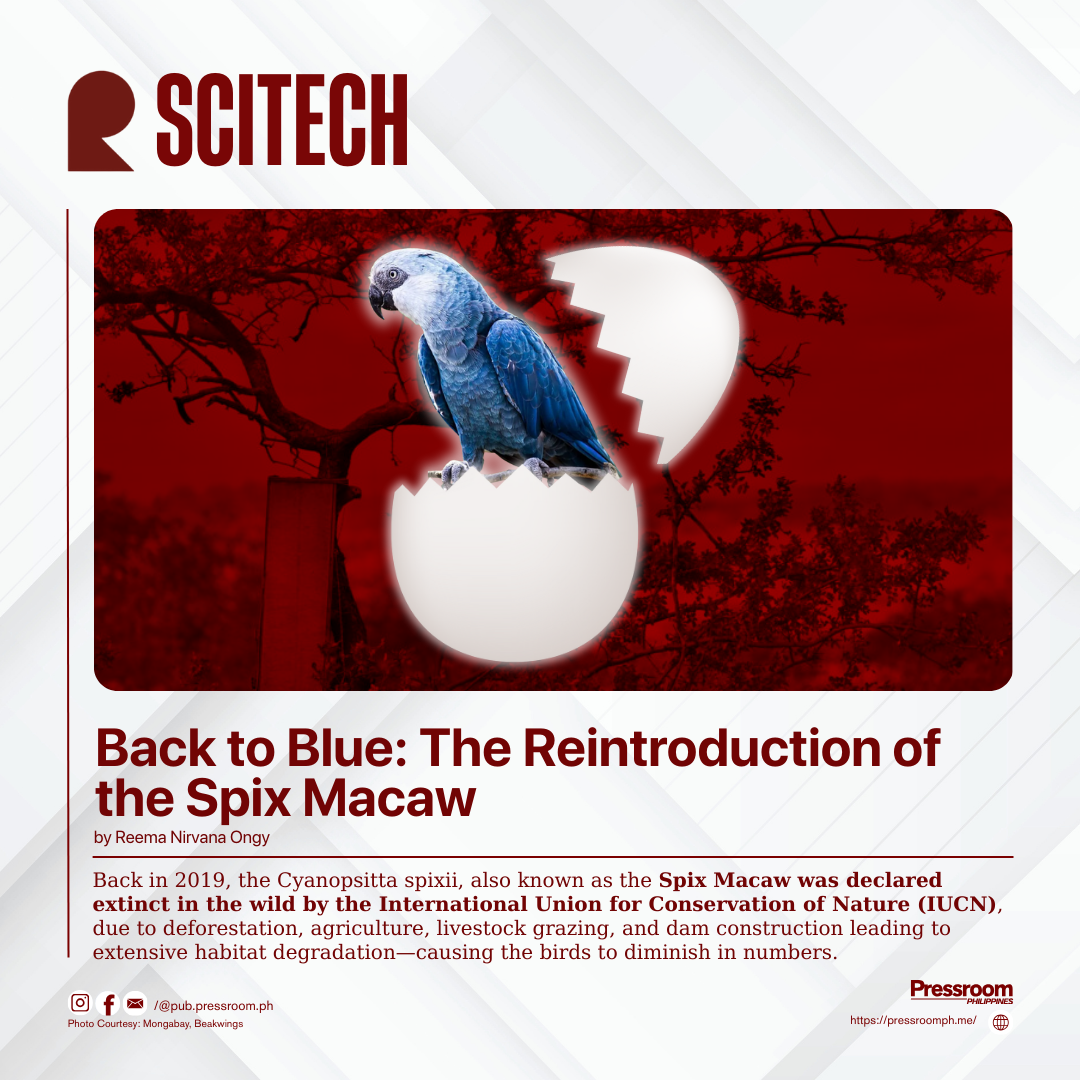For years, cats have been typecast as independent and emotionally distant pets. But science is steadily removing that myth. Recent studies suggest that cats not only recognize and bond with their human companions, but many of them may even love us—just not always in the way we expect.
Attachment Issues Not Only in Humans
A 2019 study from Oregon State University published in Current Biology applied a method used in child psychology—the “secure base test”—to analyze how cats respond to their owners. In this study, cats were briefly separated from their humans and then reunited. Surprisingly, over 64% of both kittens and adult cats displayed signs of secure attachment. They sought comfort, exhibited calm behaviors, and showed trust toward their caregivers.
These are the same signs researchers observe in human infants and dogs. In short: cats view their owners as a source of safety and emotional security.
People Over Food
Another 2017 study from Oregon State University put cats to the test with a choice: food, toys, interesting smells, or human interaction. Surprisingly, most cats preferred human interaction over food, even in a shelter setting where they were less familiar with people.
This evidence flies in the face of the stereotype that cats are only affectionate when they want something. Clearly, many cats seek human connection simply because they enjoy it.
Signs of Feline Affection
While cats may not jump up and wag their tails like dogs, they communicate love through body language and behavior. According to Scientific American and various behavioral studies, some signs your cat loves you include:
• Slow blinking—a relaxed, trusting gesture often called a “cat kiss.”
• Head-bumping and cheek-rubbing—Ways cats mark their humans with scent to show familiarity and belonging.
• Exposing the belly—a vulnerable position that indicates deep trust.
• Grooming you—treating you like part of their social group.
Recognizing these signs helps us understand how cats express affection differently than other pets—but no less sincerely.
Emotional Support and Comfort
Cats may even recognize our emotions. Anecdotal and observational evidence shows that cats often approach distressed owners, curl up beside them, or purr when their humans are upset. While this may be more of a stress response to changes in environment or tone, it still shows a sensitivity to human emotion that deepens the bond.
Purring, in particular, has been linked to both feline self-healing and the ability to calm people. The frequency of a cat’s purr has been shown to lower stress, reduce blood pressure, and improve mood in humans—making the relationship beneficial for both species.
Not One-Size-Fits-All
A 2021 study from the University of Lincoln surveyed thousands of cat owners and revealed five distinct types of cat–owner relationships. These ranged from remote associations to close companionship and even mutual dependence. This diversity shows that, like people, cats have different personalities and relationship styles.
Some are independent, while others are clingy. Some like laps, and others show love with a simple glance across the room. What’s clear, however, is that cats are capable of forming deep, emotional bonds with people—they just do it on their own terms.
Yes, they really do love us. Science now backs what many cat owners have long suspected: cats can and do love their humans. They may not bark or wag their tails, but their emotional connections are real and measurable.
So the next time your cat curls up beside you, gives you a slow blink, or gently bumps your head, don’t brush it off. In their quiet and own way, they might just be saying, “I love you.”






